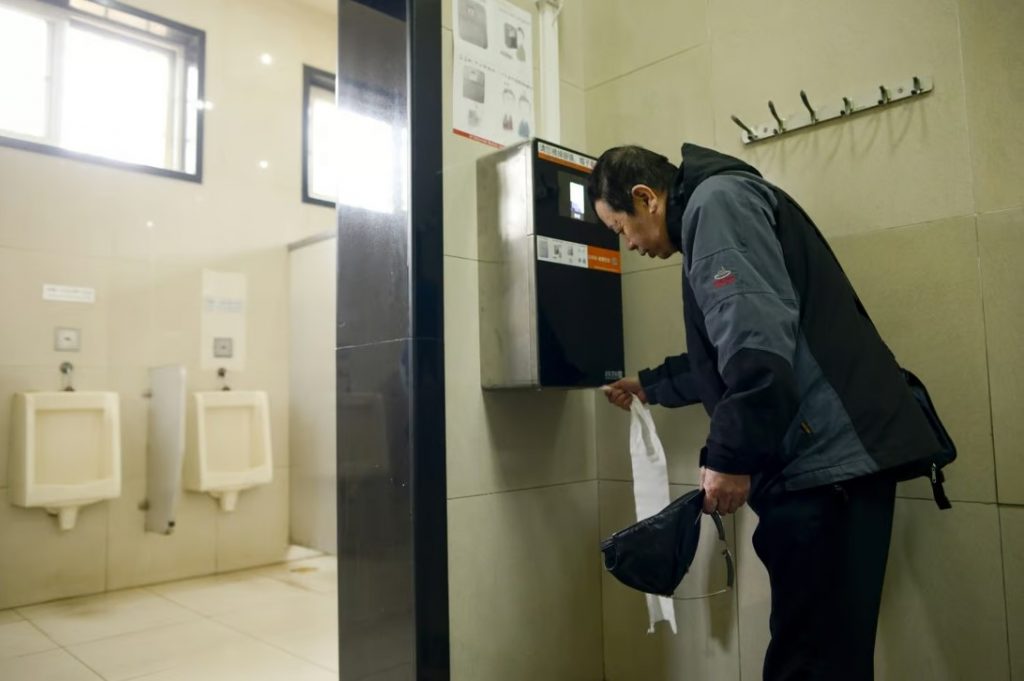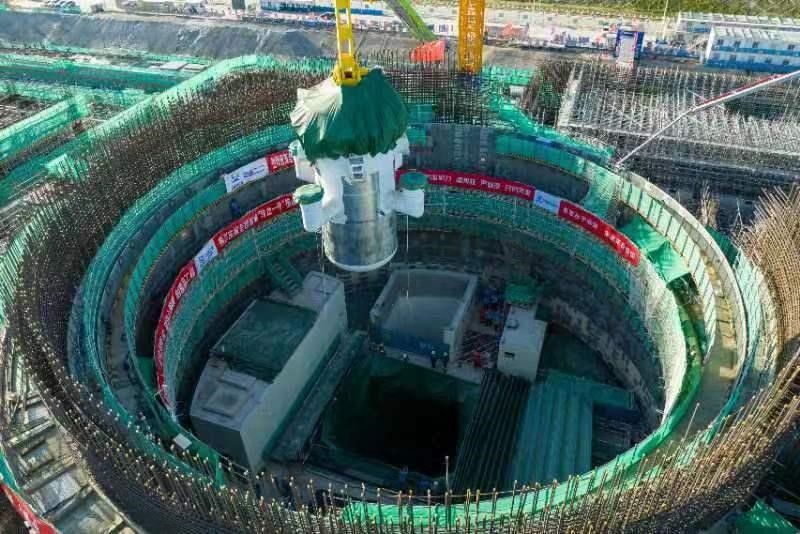China’s cyberspace regulator revealed draft regulations on Tuesday, August 8th, aimed at overseeing the secure use of facial recognition technology in response to growing public concerns about its potential misuse.

Mounting concerns over privacy have pushed Chinese authorities to pause the use of facial recognition technology in a public loo.
The facial recognition system in a public toilet in Guangdong province’s Dongguan city was employed to identify individuals and control the amount of toilet paper each person could take within a specific timeframe. The city’s Urban Management and Law Enforcement Bureau announced the suspension after citizen complaints. The system did not connect to a network, and user photos were deleted after a certain period.
The broader issue of personal privacy regarding the growing use of facial recognition technology has been amplified by experiences like that of Wang Qiyu, who found himself in a 20-minute argument with a hotel in Shenzhen over submitting a facial scan for check-in.
Wang, a software developer with a US doctorate, voiced concerns over the ubiquity of facial data collection across various institutions, often without transparent explanations or safeguards, saying he felt harassed by the hotel. “Airport, train stations, stores and hotels – almost every organisation asks for facial data,” the 31-year-old told the South China Morning Post. “But no one tells me why they collect the data and how they protect it.”
The Cyberspace Administration of China (CAC) said facial recognition technology can only be used to process facial information when there is a specific purpose and sufficient necessity, and with strict protective measures.
The use of the technology will also require individual’s consent, the CAC said in a statement. It added that non-biometric identification solutions should be favoured over facial recognition in cases where such methods are equally effective.
According to Wu Shenkuo, Deputy Director of the Research Centre of the China Internet Association the “Draft Regulations” present a comprehensive supervision approach, covering all aspects of facial recognition technology application, from device installation to image collection, data handling, storage, provision, deletion, accuracy, precision, and confidence threshold.
The “Draft Regulations” have established specialised governance rules. These include prohibiting the installation of image collection and personal identification devices in places like hotel rooms, public restrooms, changing rooms, and bathrooms, or other areas that could potentially infringe upon individual privacy.
Related article: Milestone: China’s Linglong One SMR Core Installed in Hainan







